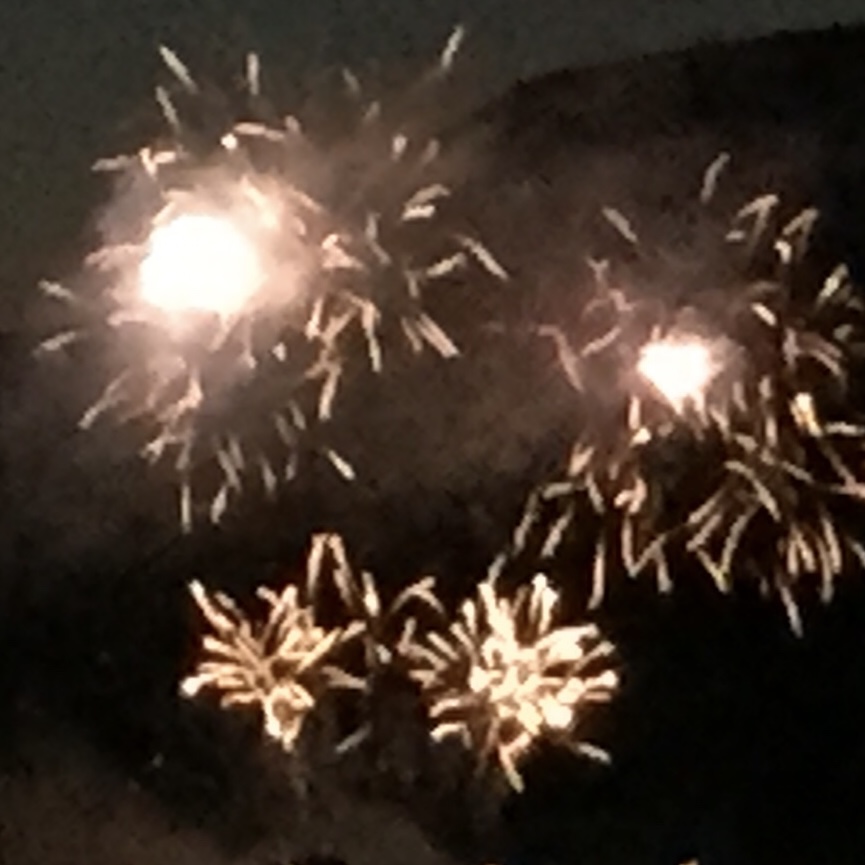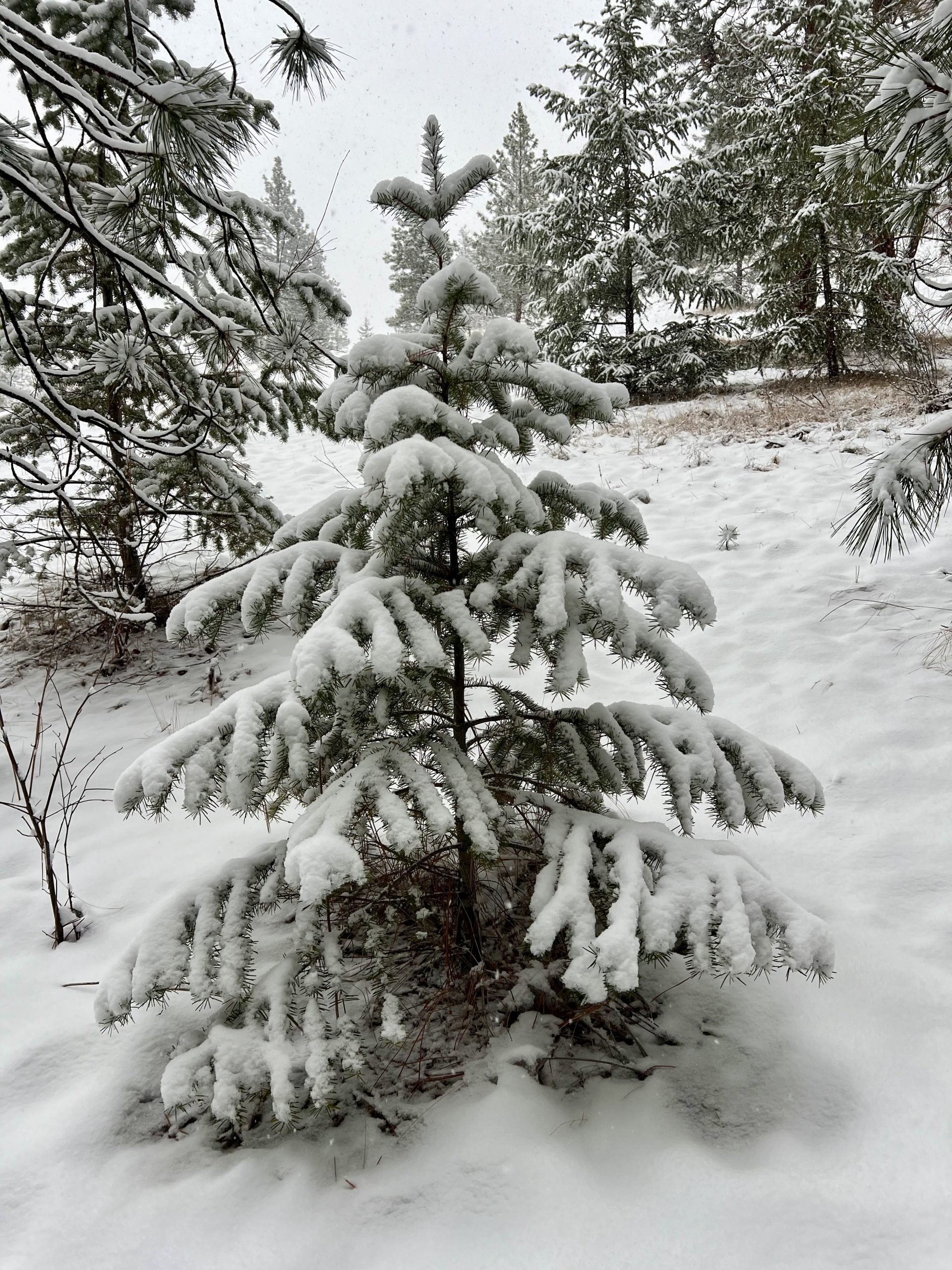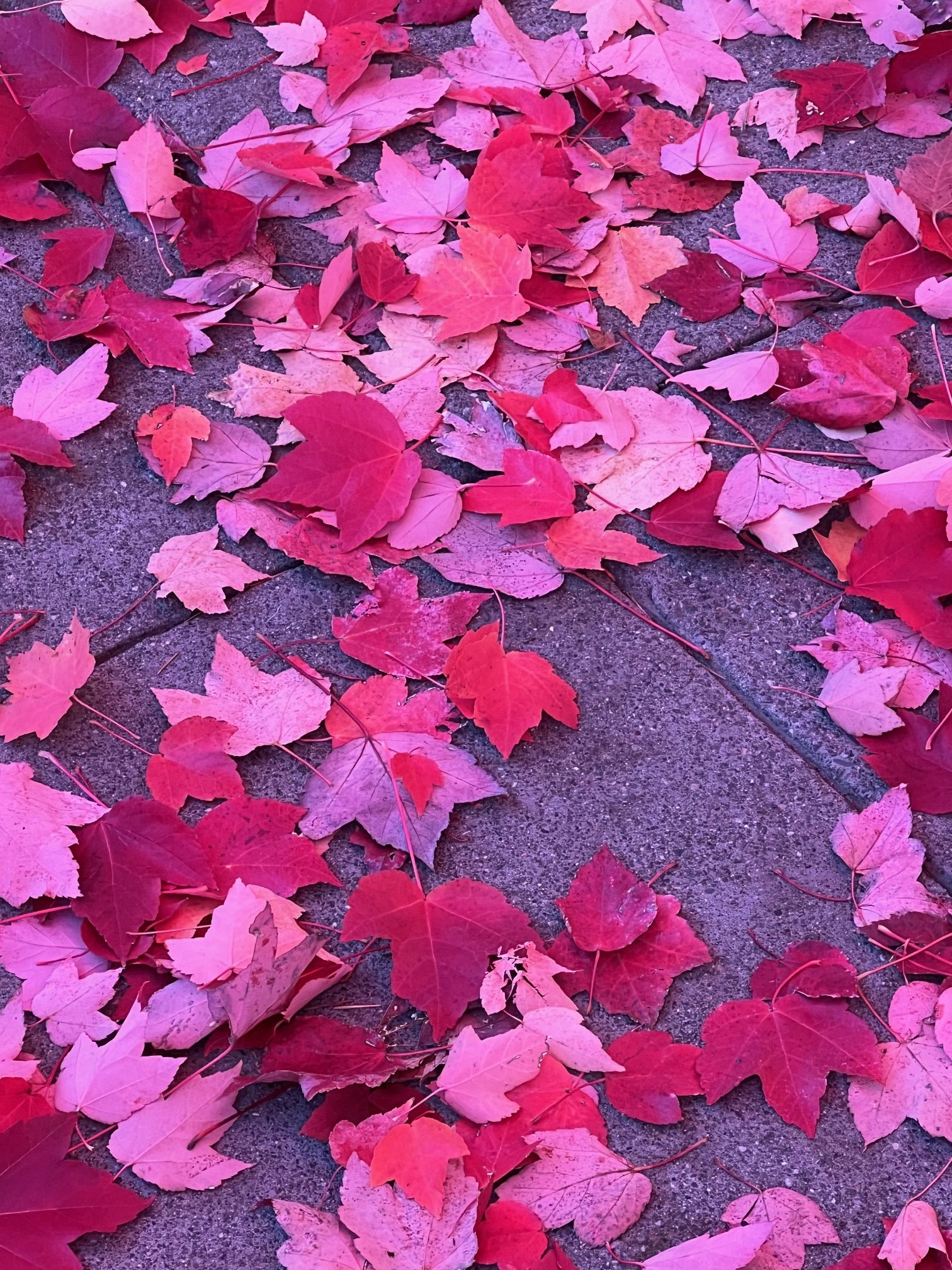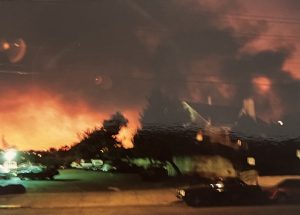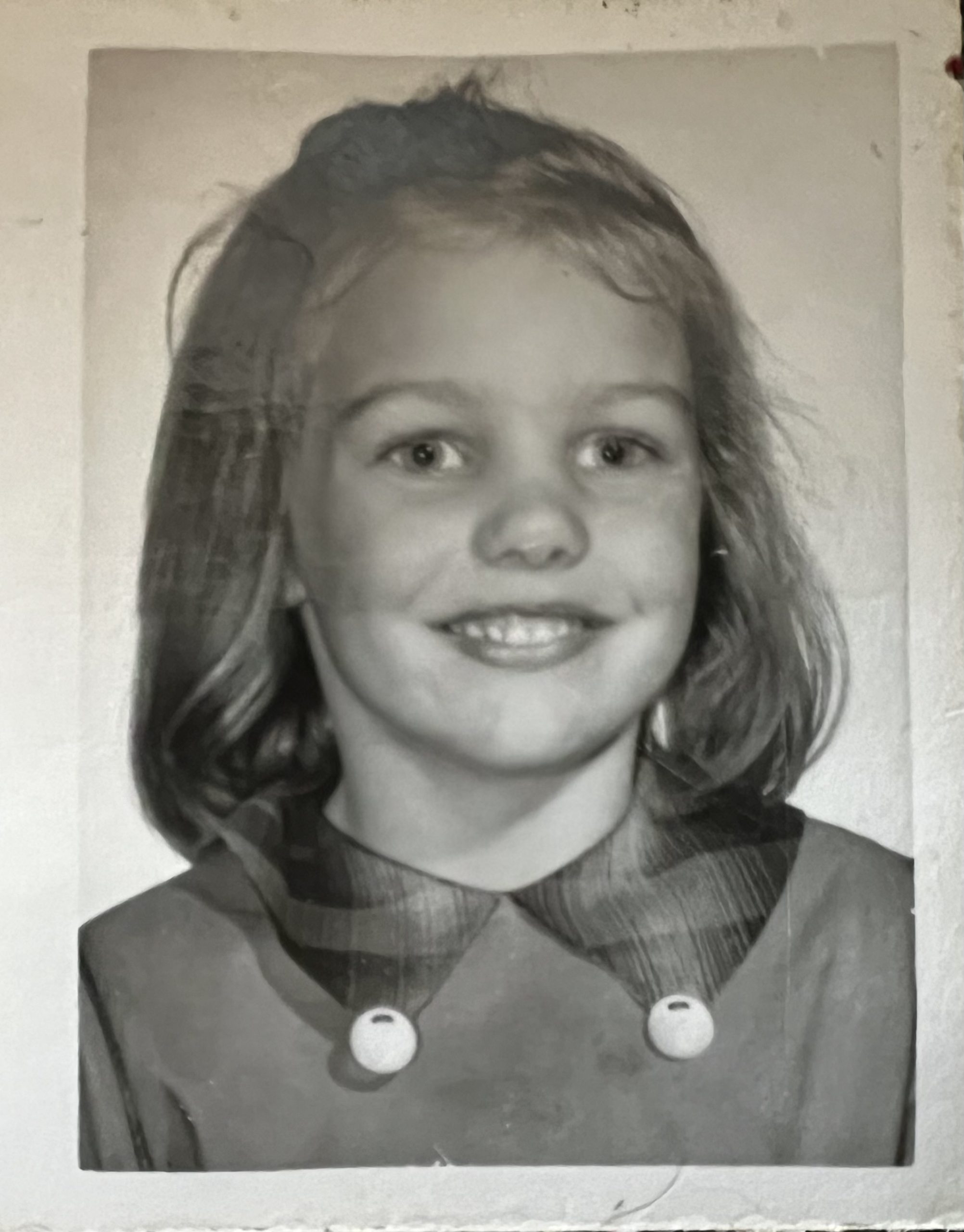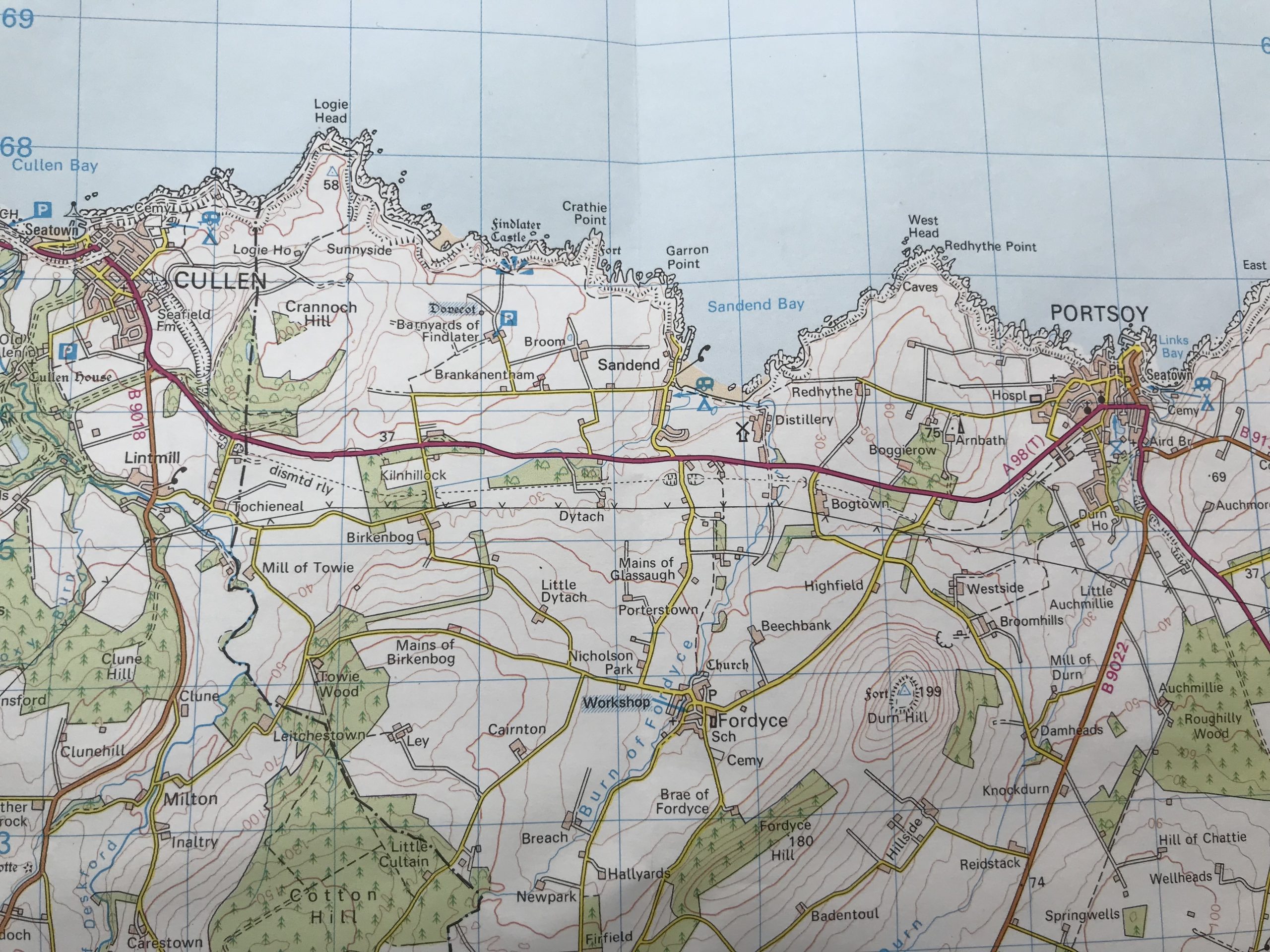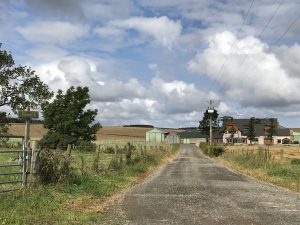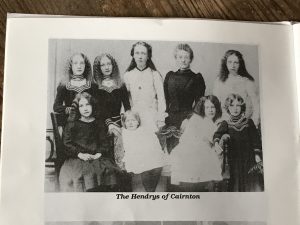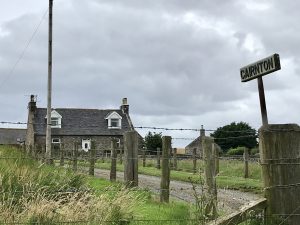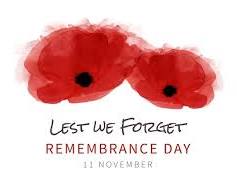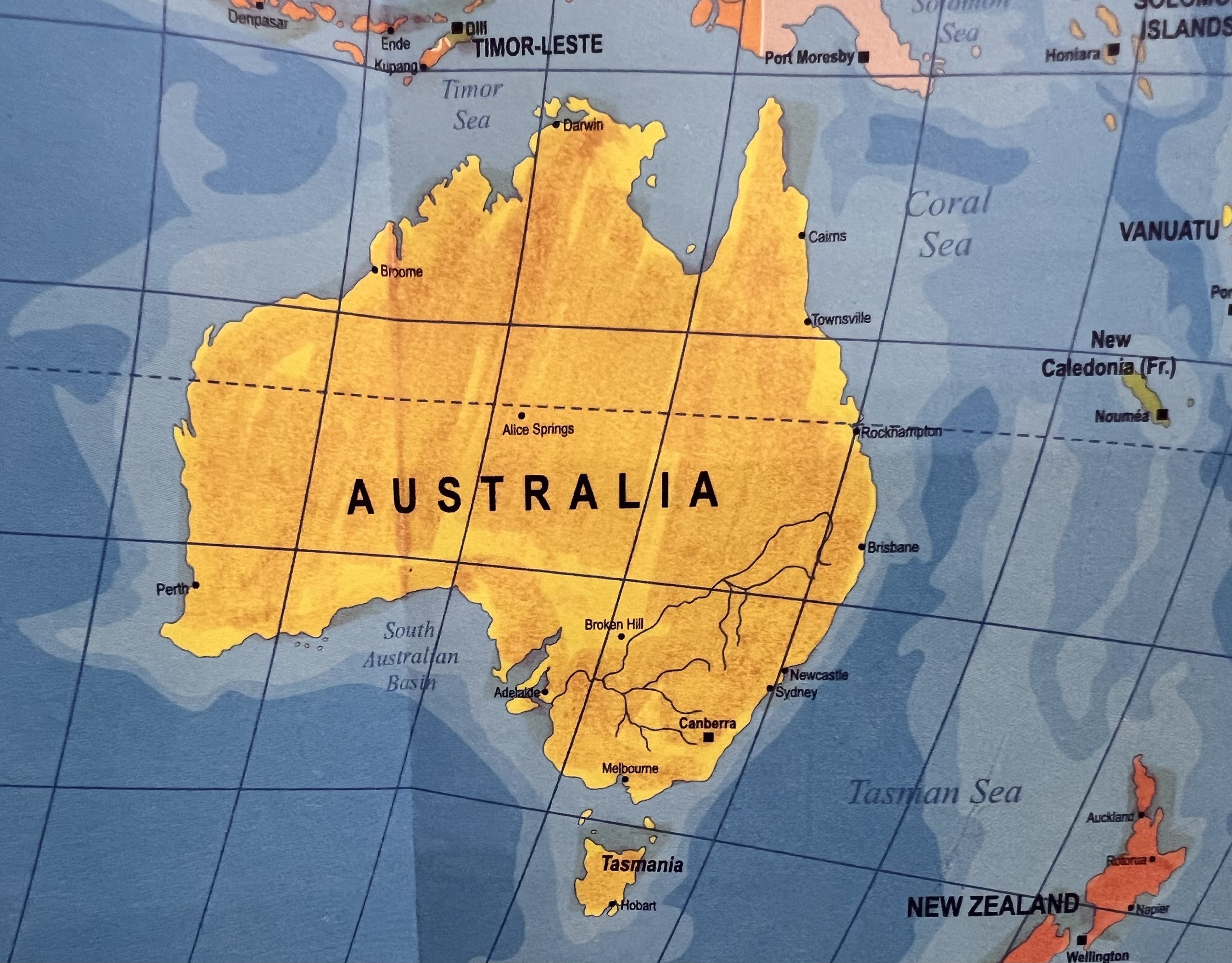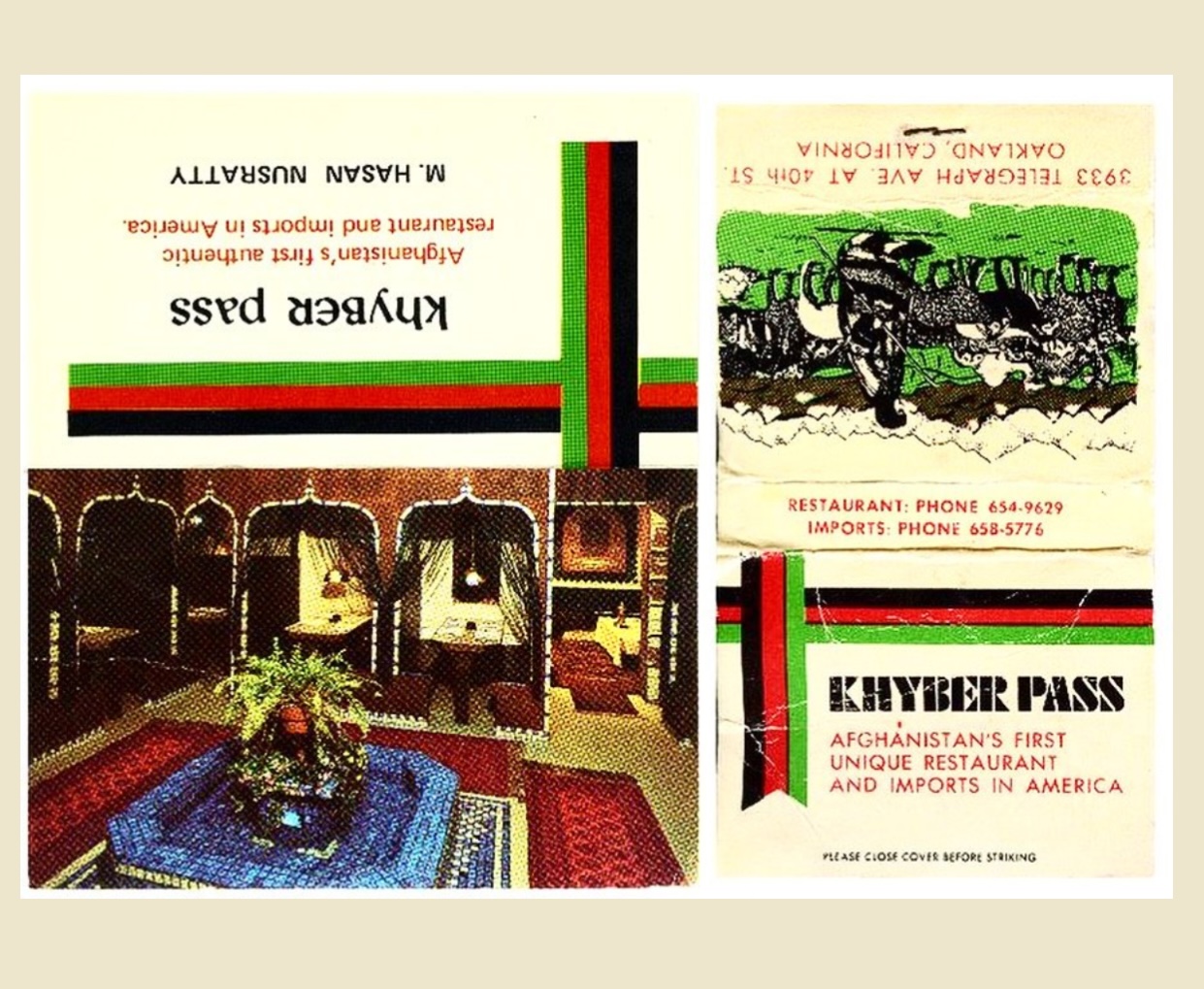
Screenshot
I was a passenger in the back seat, not really paying attention as we drove through north Oakland, when someone in the front seat turned around and blurted out, “Have you ever been to the Khyber Pass?” It took a minute to register and wonder where this question was coming from before I sheepishly admitted that, why yes, I had been there, but it was a long time ago.
Cyrus, Darius I, Genghis Khan, Mongols, Sikhs, Afghans, and British all crossed or vied for the Pass. Still to come would be its incarnation as part of the “hippie trail” to India, and its role as a supply route for the war in Afghanistan.
It must have been 1963 when our family boarded the PIA (Pakistan International Airways) flight from Dacca to Karachi. East and West Pakistan were still nominally one, loosely joined by the airline and the Muslim religion. We were living in the East while my father completed a two-year posting as an agricultural advisor to the government; this would be a chance to see a bit beyond Dacca and the flat green waterlogged delta of jute and rice fields where the Brahmaputra spread into the Bay of Bengal.
Karachi was a big urban sprawl of cement, and really just a stopover on the way to Lahore, an historic city famous for its annual spring horse show. Not that we were horse people, but my mother anticipated a great spectacle with pageantry and competitions, crowds and colors, tradition come to life. I remember the huge arena and its grandstands, with a good view of the greyhounds racing after a rabbit lure. But the big event was the tent-pegging, supposedly born from military exploits where mounted warriors would swoop through the enemy camp, impaling the tent pegs with their lances and thereby collapsing the tents on the foe. Certainly the British must have been on the receiving end. For the competition, pairs of colorfully-clad horsemen galloped down the field, lances held forward and low, leaning to one side to catch the pegs planted in the ground and then hoisting the prize overhead in triumph when successful.
At least as memorable for us kids was the visit to “Kim’s cannon”, famous from the Kipling book. My younger sister and I both took turns astride the cannon and got small wooden versions as souvenirs.
Peshawar was the next stop, considerably smaller and more remote amidst dry mountains. We were staying at some sort of spread-out hotel, and as we were arriving, my sister and I spied a couple of American girls about our age. While parents unloaded luggage, we made instant friends with the girls, learning their names (Nais and Raisa), finding out they had been there a few days already, and joining them in a game they had invented, jumping over small hedges between the walkway and patch of lawn. Great fun until I leapt and landed on a bent ankle, which swelled and hurt and brought my parents out to check the damage. I needed to see a doctor. Now what?
Somehow my parents determined that there were some services offered at an old fort, where there were apparently a few British remnants providing medical care we might be able to access. We managed to get there, me limping heavily, just in time to be advised that there would be a bit of a wait, as they were have a tea party to celebrate a battle at the fort, where the British were thoroughly destroyed. At least that is the story my mother told, finding it all just terribly and amusingly British. Eventually I was examined, X-rays taken, assured there was no fracture, and sent off with the ankle in an elastic wrap. By the time we got back to the hotel, our new friends had left (although we did, improbably, meet again in Michigan years later).
At last we come to the Khyber Pass part of the story. Google tells me that Peshawar is about 60 km from the Khyber Pass, famous from its days as part of the Silk Road and as a strategic military location. Google also notes that, among others, Cyrus, Darius I, Genghis Khan, Mongols, Sikhs, Afghans, and British all crossed or vied for the Pass. Still to come would be its incarnation as part of the “hippie trail” to India, and its role as a supply route for the war in Afghanistan. Even though I couldn’t walk around Peshawar much, I could at least travel to see the historic spot. We must have arranged for a car to take us there, winding through the rough countryside to an unimposing crest in the road with a bar across it and a guard with traditional hat and a gun. After some discussion, the guard reluctantly tolerated my sister and I to stand for just a moment with one foot in Pakistan and the other in Afghanistan. And so, technically, brief though it was, I had indeed been to the Khyber Pass.
But back in Oakland, before I could delve into this long-winded explanation, I was suddenly chagrined to realize they were asking whether or not I had been to the Afghani restaurant we had just passed by. In fact, I had not eaten there, and despite good intentions never did (it was founded in 1968 but has been closed for some time now–I missed my chance). In any case, the correct answer to their question was no, I have never been to the “Khyber Pass”.


